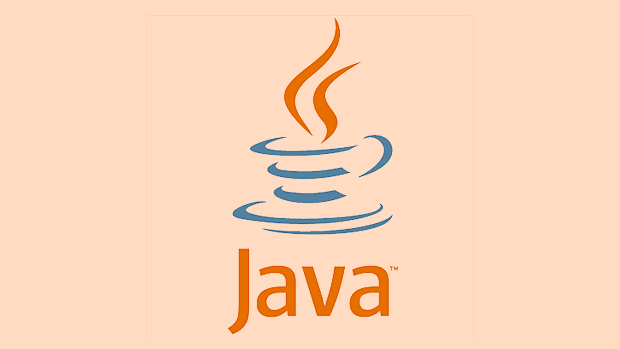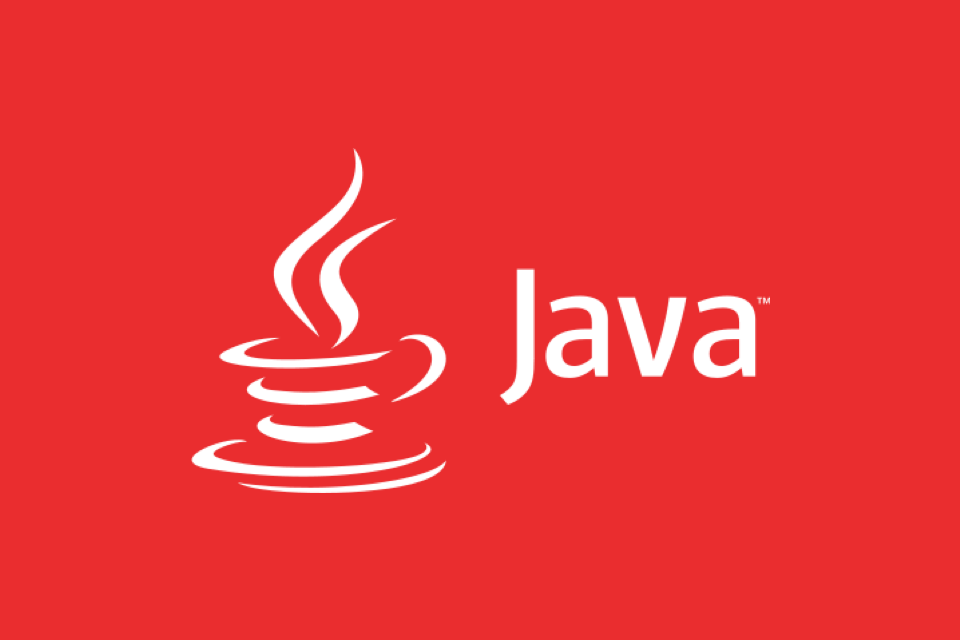Java Data Structures and Algorithms for Performance
Jul 23, 2025 am 03:09 AMThe key to optimizing Java program performance lies in the rational selection of data structures and algorithms. 1. Select appropriate collection classes according to the scene, such as frequent access to intermediate elements, use ArrayList, and use LinkedList to operate head or tail, find multi-priority HashMap or HashSet, and avoid thread-safe classes and capacity expansion losses. 2. Avoid repeated calculations, use memory cache results to reduce time complexity. 3. Master efficient sorting search algorithms, such as insertion sorting, counting sorting, binary search, KMP, etc., and select according to data characteristics. 4. Reduce GC pressure, avoid creating objects in loops, use object pools, StringBuilder and use Stream API with caution.

The performance optimization of Java programs often depends not on the language itself, but on what data structures and algorithms you use. If you choose the right structure and write the right logic, the program will naturally be faster. Let’s talk about how to use Java data structures and algorithms to improve performance from several common perspectives.

1. Choose the collection class reasonably to avoid unnecessary overhead
Java provides many built-in data structures, such as ArrayList , LinkedList , HashMap , TreeMap , HashSet , etc. Their performance varies greatly in different scenarios.
- If you need to access intermediate elements frequently,
ArrayListis more appropriate thanLinkedListbecause the time complexity of random access is O(1). -
LinkedListmay be more efficient if it is often inserted and deleted at the head or tail. - When there are many search operations, we give priority to
HashMaporHashSet. They are implemented based on a hash table, and the search time is close to O(1), which is much faster thanTreeMap(unless you need sorting function).
Small suggestions:

- When thread-safe is not required, do not use
VectororHashtable, useArrayListandHashMapinstead. - If you know the size of the collection, specifying the capacity during initialization can reduce the performance loss caused by expansion.
2. Avoid repeated calculations and make good use of cache and memory
Some algorithms repeatedly calculate the same problem, such as the Fibonacci sequence implemented in recursively. In this case, "memorization" can be used to optimize - cache the calculated results.
For example:

int[] memo = new int[n 1];
Arrays.fill(memo, -1);
public int fib(int n) {
if (n <= 1) return n;
if (memo[n] != -1) return memo[n];
memo[n] = fib(n - 1) fib(n - 2);
return memo[n];
}This method greatly reduces repeated calls, and the time complexity drops from exponential to O(n).
Similar techniques can also be used in:
- Store sub-solutions in dynamic programming problems;
- Database query results cache;
- The result cache when the method parameters are fixed (you can use frameworks such as Spring Cache);
3. Use efficient sorting and search algorithms
Arrays.sort() in Java has been optimized very well, but you need to know that behind it is Dual-Pivot Quicksort (base type) and TimSort (object). These are already relatively fast general sorting algorithms.
If you are facing:
- Almost ordered data, insert sorting can be considered;
- When the data range is limited, count sorting may be faster;
- For multiple rounds of sorting requirements, remember to sort them stably (such as TimSort);
For search:
- Ordered arrays are searched in binary (
Arrays.binarySearch()); - String matching can be considered as KMP or Boyer-Moore algorithms;
- BFS/DFS is commonly used in the graph structure, and decide which one is more suitable based on the problem;
4. Minimize garbage recycling pressure
Java automatically manages memory, but frequent creation of short-lifetime objects will increase pressure on GC and affect performance.
Some practical practices:
- Avoid creating new objects in loops, such as
new String()ornew ArrayList(); - Use object pools to handle expensive objects (such as database connections, threads, etc.);
- For large number of string splicing, use
StringBuilderinstead of - Be careful with the Stream API, which can sometimes bring additional overhead;
Basically that's it. The selection of data structures and algorithms directly affects the efficiency of code operation. Don’t just pursue “elegance”, it depends on the actual scenario and performance bottlenecks.
The above is the detailed content of Java Data Structures and Algorithms for Performance. For more information, please follow other related articles on the PHP Chinese website!

Hot AI Tools

Undress AI Tool
Undress images for free

Undresser.AI Undress
AI-powered app for creating realistic nude photos

AI Clothes Remover
Online AI tool for removing clothes from photos.

Clothoff.io
AI clothes remover

Video Face Swap
Swap faces in any video effortlessly with our completely free AI face swap tool!

Hot Article

Hot Tools

Notepad++7.3.1
Easy-to-use and free code editor

SublimeText3 Chinese version
Chinese version, very easy to use

Zend Studio 13.0.1
Powerful PHP integrated development environment

Dreamweaver CS6
Visual web development tools

SublimeText3 Mac version
God-level code editing software (SublimeText3)
 VSCode settings.json location
Aug 01, 2025 am 06:12 AM
VSCode settings.json location
Aug 01, 2025 am 06:12 AM
The settings.json file is located in the user-level or workspace-level path and is used to customize VSCode settings. 1. User-level path: Windows is C:\Users\\AppData\Roaming\Code\User\settings.json, macOS is /Users//Library/ApplicationSupport/Code/User/settings.json, Linux is /home//.config/Code/User/settings.json; 2. Workspace-level path: .vscode/settings in the project root directory
 How to handle transactions in Java with JDBC?
Aug 02, 2025 pm 12:29 PM
How to handle transactions in Java with JDBC?
Aug 02, 2025 pm 12:29 PM
To correctly handle JDBC transactions, you must first turn off the automatic commit mode, then perform multiple operations, and finally commit or rollback according to the results; 1. Call conn.setAutoCommit(false) to start the transaction; 2. Execute multiple SQL operations, such as INSERT and UPDATE; 3. Call conn.commit() if all operations are successful, and call conn.rollback() if an exception occurs to ensure data consistency; at the same time, try-with-resources should be used to manage resources, properly handle exceptions and close connections to avoid connection leakage; in addition, it is recommended to use connection pools and set save points to achieve partial rollback, and keep transactions as short as possible to improve performance.
 Mastering Dependency Injection in Java with Spring and Guice
Aug 01, 2025 am 05:53 AM
Mastering Dependency Injection in Java with Spring and Guice
Aug 01, 2025 am 05:53 AM
DependencyInjection(DI)isadesignpatternwhereobjectsreceivedependenciesexternally,promotingloosecouplingandeasiertestingthroughconstructor,setter,orfieldinjection.2.SpringFrameworkusesannotationslike@Component,@Service,and@AutowiredwithJava-basedconfi
 How to work with Calendar in Java?
Aug 02, 2025 am 02:38 AM
How to work with Calendar in Java?
Aug 02, 2025 am 02:38 AM
Use classes in the java.time package to replace the old Date and Calendar classes; 2. Get the current date and time through LocalDate, LocalDateTime and LocalTime; 3. Create a specific date and time using the of() method; 4. Use the plus/minus method to immutably increase and decrease the time; 5. Use ZonedDateTime and ZoneId to process the time zone; 6. Format and parse date strings through DateTimeFormatter; 7. Use Instant to be compatible with the old date types when necessary; date processing in modern Java should give priority to using java.timeAPI, which provides clear, immutable and linear
 Understanding the Java Virtual Machine (JVM) Internals
Aug 01, 2025 am 06:31 AM
Understanding the Java Virtual Machine (JVM) Internals
Aug 01, 2025 am 06:31 AM
TheJVMenablesJava’s"writeonce,runanywhere"capabilitybyexecutingbytecodethroughfourmaincomponents:1.TheClassLoaderSubsystemloads,links,andinitializes.classfilesusingbootstrap,extension,andapplicationclassloaders,ensuringsecureandlazyclassloa
 Google Chrome cannot open local files
Aug 01, 2025 am 05:24 AM
Google Chrome cannot open local files
Aug 01, 2025 am 05:24 AM
ChromecanopenlocalfileslikeHTMLandPDFsbyusing"Openfile"ordraggingthemintothebrowser;ensuretheaddressstartswithfile:///;2.SecurityrestrictionsblockAJAX,localStorage,andcross-folderaccessonfile://;usealocalserverlikepython-mhttp.server8000tor
 How to fix 'The client and server cannot communicate, because they do not possess a common algorithm'
Aug 01, 2025 am 04:23 AM
How to fix 'The client and server cannot communicate, because they do not possess a common algorithm'
Aug 01, 2025 am 04:23 AM
The solution to this error is to ensure that the client and server support a common encryption algorithm. The specific steps are: 1. Update the .NETFramework, enable TLS1.2 through the registry or code; 2. Check the server SSL/TLS configuration, use the SSLLabs tool to verify and enable TLS1.2 or 1.3 and modern cipher suites; 3. Update the Windows system and enable TLS1.2 globally, install necessary patches such as KB4019276; 4. Check whether client software (such as PowerShell, Python, Java) is forcibly using old versions of TLS; 5. Troubleshoot firewall, antivirus software or man-in-the-middle agent (MITM) interference, and update or temporarily disable if necessary. Finally, it needs to be confirmed
 Comparing Java Frameworks: Spring Boot vs Quarkus vs Micronaut
Aug 04, 2025 pm 12:48 PM
Comparing Java Frameworks: Spring Boot vs Quarkus vs Micronaut
Aug 04, 2025 pm 12:48 PM
Pre-formanceTartuptimeMoryusage, Quarkusandmicronautleadduetocompile-Timeprocessingandgraalvsupport, Withquarkusoftenperforminglightbetterine ServerLess scenarios.2.Thyvelopecosyste,






